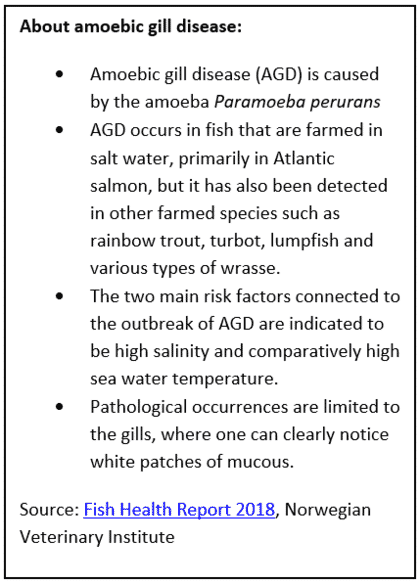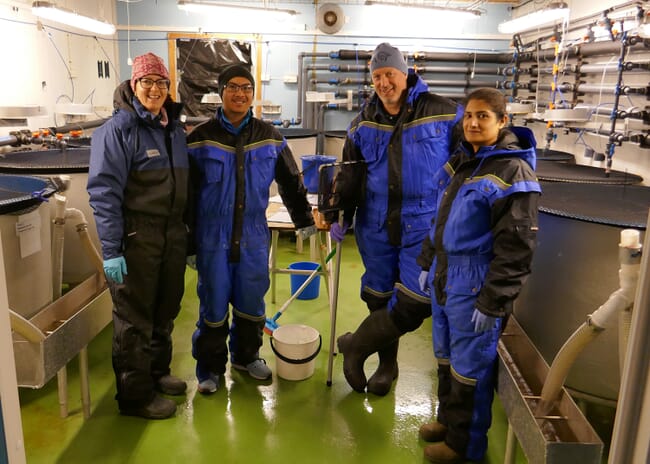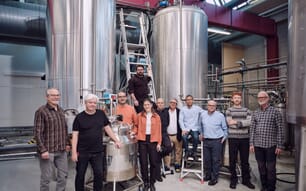In recent years, amoebic gill disease (AGD) has become a serious issue for marine salmon sites. Researchers are now developing a new method of treatment that will be milder on both the fish and the environment compared to existing methods.
Presently, farmed salmon affected by AGD are treated with fresh water or are bathed in hydrogen peroxide. Researchers are now investigating whether peracetic acid can be a more sustainable alternative to these treatments.
Peracetic acid is an oxidising acid that is widely used as a disinfectant in recirculating aquaculture systems for rainbow trout. It is used because it disinfects without damaging beneficial bacteria in the biofilter.

Treatment must be safe
The goal of the initial trials is mainly to investigate whether peracetic acid is safe to use in the treatment of salmon.
Researchers from the Norwegian research institute Nofima, the Norwegian Veterinary Institute and the Technical University of Denmark have tested various doses of peracetic acid on salmon and separately on the amoeba in three trials.
Their preliminary conclusion is that peracetic acid is not harmful to the salmon, that it has an effect on the amoeba that causes the disease and that there is low environmental risk when using peracetic acid.
“It is also very positive that we now have good interdisciplinary evidence regarding how salmon react to peracetic acid, and we have conducted preliminary investigations concerning environmental impact,” says project lead Carlo C Lazado, a fish health researcher at Nofima.
“When salmon are exposed to peracetic acid, they react as if there is something new in the water, but the behaviour and physiological responses indicate that it is more about adapting to change than it is a matter affecting the health and welfare of the fish. It didn’t affect appetite, either,” says Lazado.

© Nofima
Peracetic acid has an effect on the amoeba by reducing their viability in vitro and is considered to be a sustainable to hydrogen peroxide because it seems to be effective in smaller doses and breaks down faster into components that are more neutral.
The researchers hope to further develop the method of treatment by testing peracetic acid on salmon infected by AGD to establish what concentrations are most effective on the amoeba whilst not adversely affecting the health of the salmon.
Nofima is leading the project, which is conducted in cooperation with the Norwegian Veterinary Institute and the Technical University of Denmark, as well as the industrial partners Quantidoc AS and Lilleborg AS. Research is funded by Norway's Fishery and Aquaculture Industry Research Fund (FHF).


